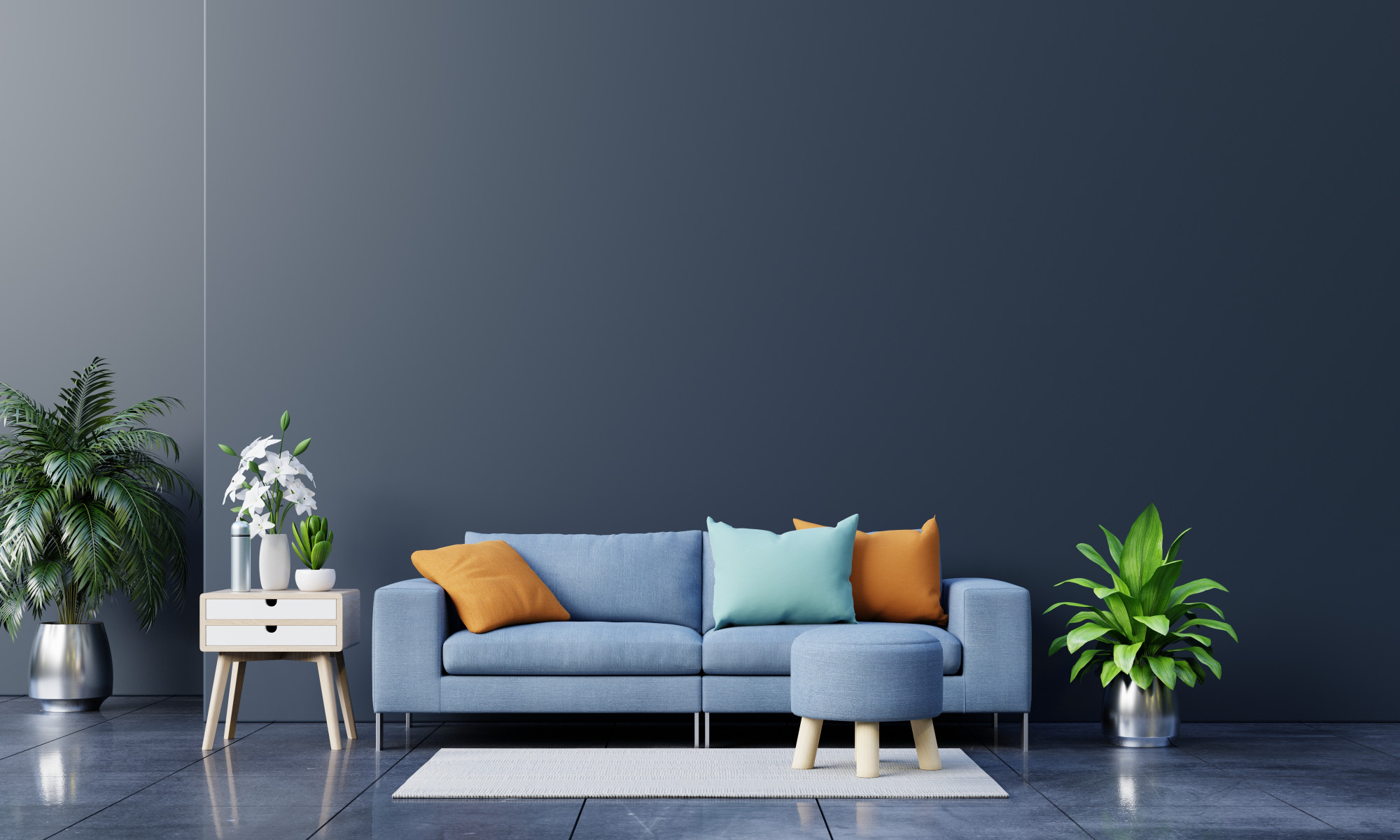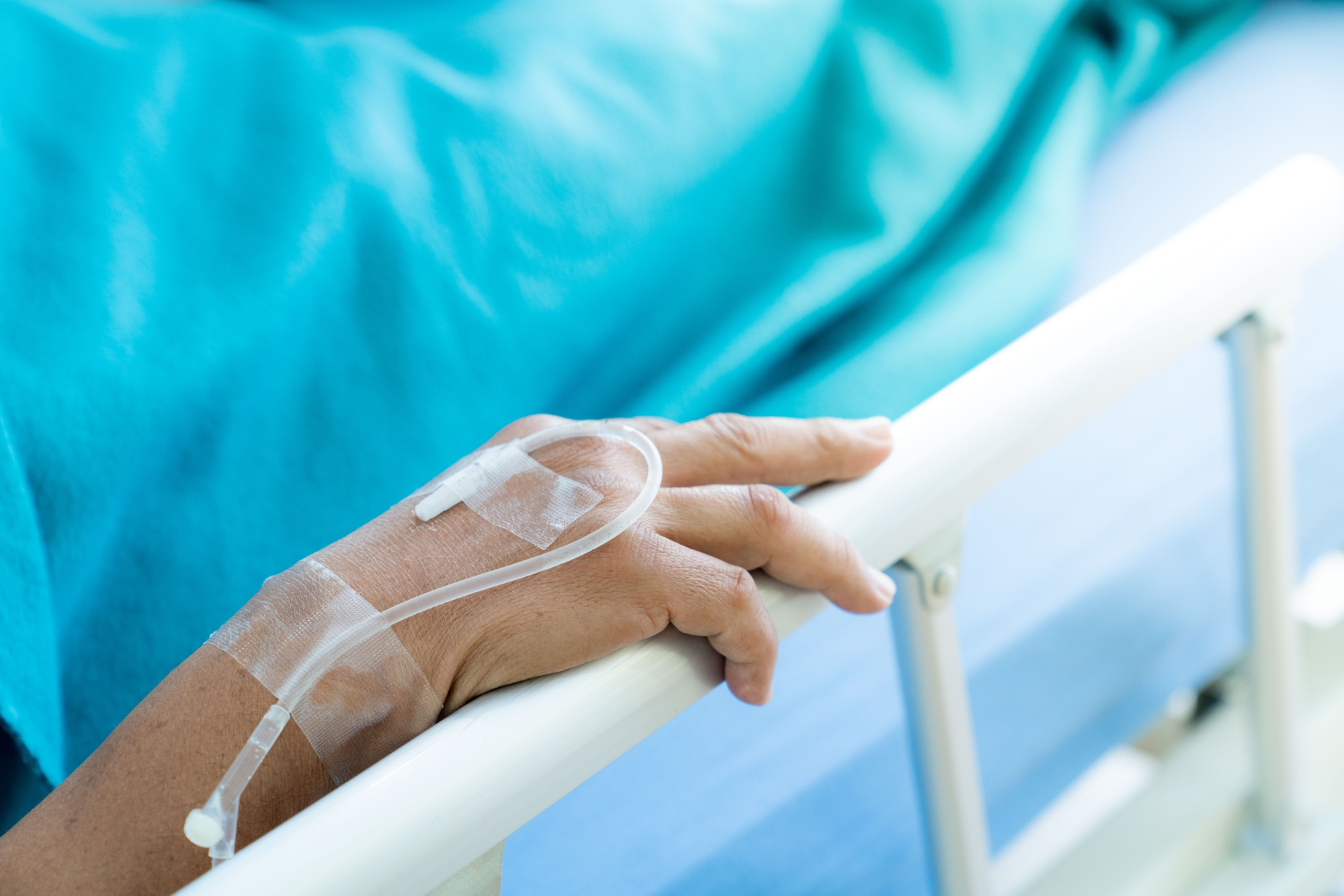The Advantages of Contactless Thermometers
An infrared thermometer can check your body temperature without touching the body surface. That’s why it’s called a non-contact thermometer. The Non-Contact Infrared Thermometer (NCIT) is a reliable, comfortable and accurate choice for temperature measurement and is very useful for checking fever in children.
When your baby has a fever, it’s important to keep his/her temperature under control. Every household needs a good quality and accurate thermometer like Vedexa Thermometer. However, traditional thermometers can be time-consuming and sometimes difficult to check a child’s temperature.
An infrared thermometer helps minimise the risk of spreading infection.
Benefits of NCITs:
- Time-Saving: With a simple click, the thermometer reads the temperature in one second, and then displays it on the large LCD to avoid waiting for beeps.
- Accurate: Very accurate temperature measurement compared to traditional thermometers.
- Hygiene: Since the non-contact infrared clinical thermometer does not need to be brought or touched to the skin, it is a more hygienic option than other models. It is easy to clean and disinfect. It is useful in preventing the spread of highly contagious and infectious diseases. There is also no need to purchase a probe cover. You can use it instantly from one family member to another. This thermometer is suitable for everyone, especially children. Features like fast and accurate reading make it ideal for parents with babies and young children, but it can be easily used by any member of the family.
- Convenience: Convenient features like the backlit display and non-contact factor make this thermometer really easy to use. You can scan the temperature of a sleeping child without disturbing them and see the reading even in a dark room. There is also an adjustable alarm feature that you can set to alert you to a high fever.
- Cost-effective: The non-contact thermometer can be used for many years without replacement or maintenance. You just need to replace the internal battery and keep the normal functions as needed.
How do they work?
An infrared thermometer uses a focal lens to absorb infrared radiation from the human body or object and transmit it to an electronic detector. The electrical signals were then passed to the thermometer’s processor, which evaluated the electrical signal and compared it to a scaled temperature range. This temperature is then displayed on the LCD.
Remember to keep the NCIT detection area perpendicular to the forehead and ask the person to remain still during the measurement.
To ensure well-being and enhance the quality of life for both yourself and your loved ones, Vedexa offers a range of innovative electronic health products. Whether it’s non-contact thermometers or other cutting-edge solutions, our team of healthcare professionals is available to provide expert guidance and tailored consultation. Feel free to reach out to us to explore these advanced health technologies and find the most suitable options for your needs.
References:
- Non-contact Infrared Thermometers
https://www.fda.gov/medical-devices/general-hospital-devices-and-supplies/non-contact-infrared-thermometers - Why Are Contactless Thermometers Becoming Increasingly Popular?
https://fateria.com/why-are-contactless-thermometers-becoming-increasingly-popular/ - A Clinical Contactless Thermometer Is Great to Use for Babies
https://www.doctorhelps.com/blog/pediatrics/a-clinical-contactless-thermometer-is-great-to-use-for-babies/ - How Infrared Thermometer Works: Non-Contact Thermometer
https://www.riansclub.com/infrared-thermometer/






